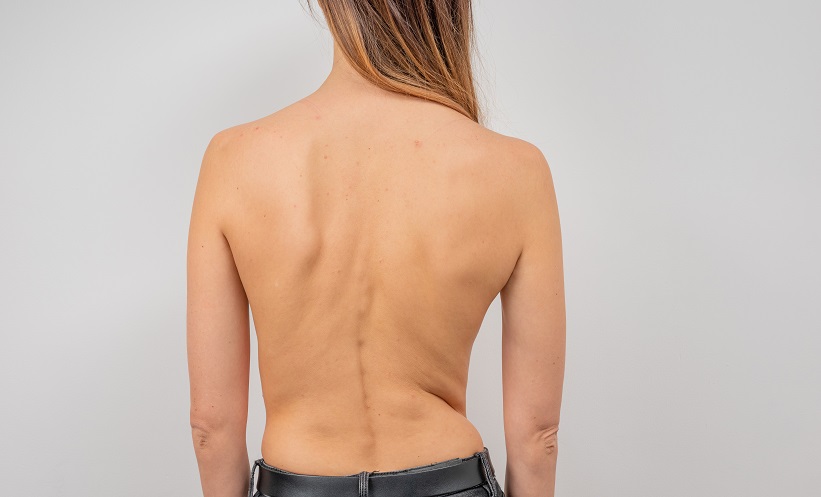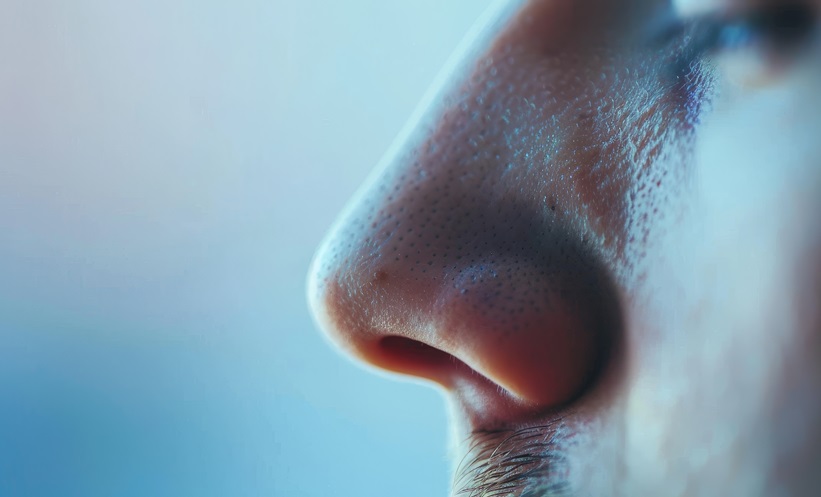COBB angles have been measured accurately using a convolutional neural network in patients with idiopathic scoliosis, comparable with manual assessment from six doctors. Researchers compared the ability of an artificially intelligent convolutional neural network in assessing these Cobb angles on X-ray images of patients with idiopathic scoliosis, with two doctors specialising in scoliosis treatment, two spine specialists, and two postgraduate doctors.
In this study, a comparison was made between intraclass correlation coefficients. Results showed that a convolutional neural network method was able to successfully detect both vertebrae and Cobb angles on X-ray imaging. Average Cobb angle difference between artificial intelligence (AI) and doctor assessment ranged from 2.8 degrees to 4.6 degrees, with the smallest difference observed on standing X-ray with a minor 2 curve type, and largest on supine side-bending X-ray for minor 2 curve type. The results published suggest that mean error between the AI and doctors was not affected by Cobb angle size, where AI measured 1.7 degrees to 2.2 degrees smaller than that measured by doctors.
This study adds to a growing body of data regarding the use of AI in imaging to help clinicians. Next steps should involve propagation of this research to a larger scale in order to broaden the applicability of these promising results.








